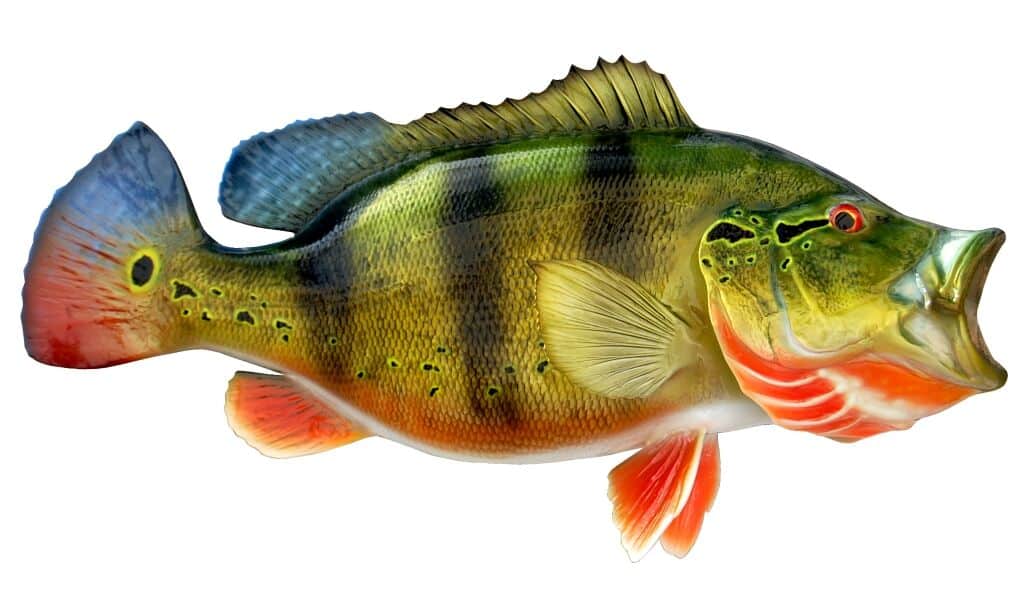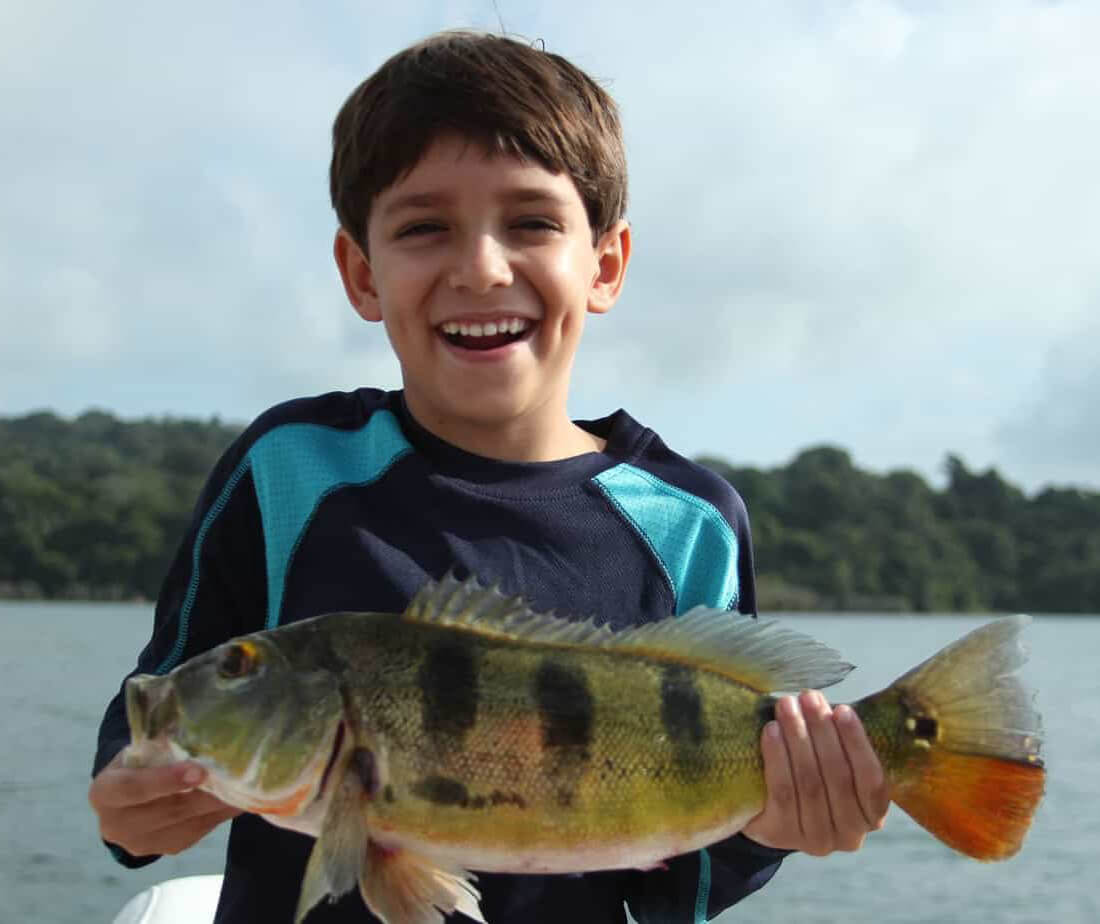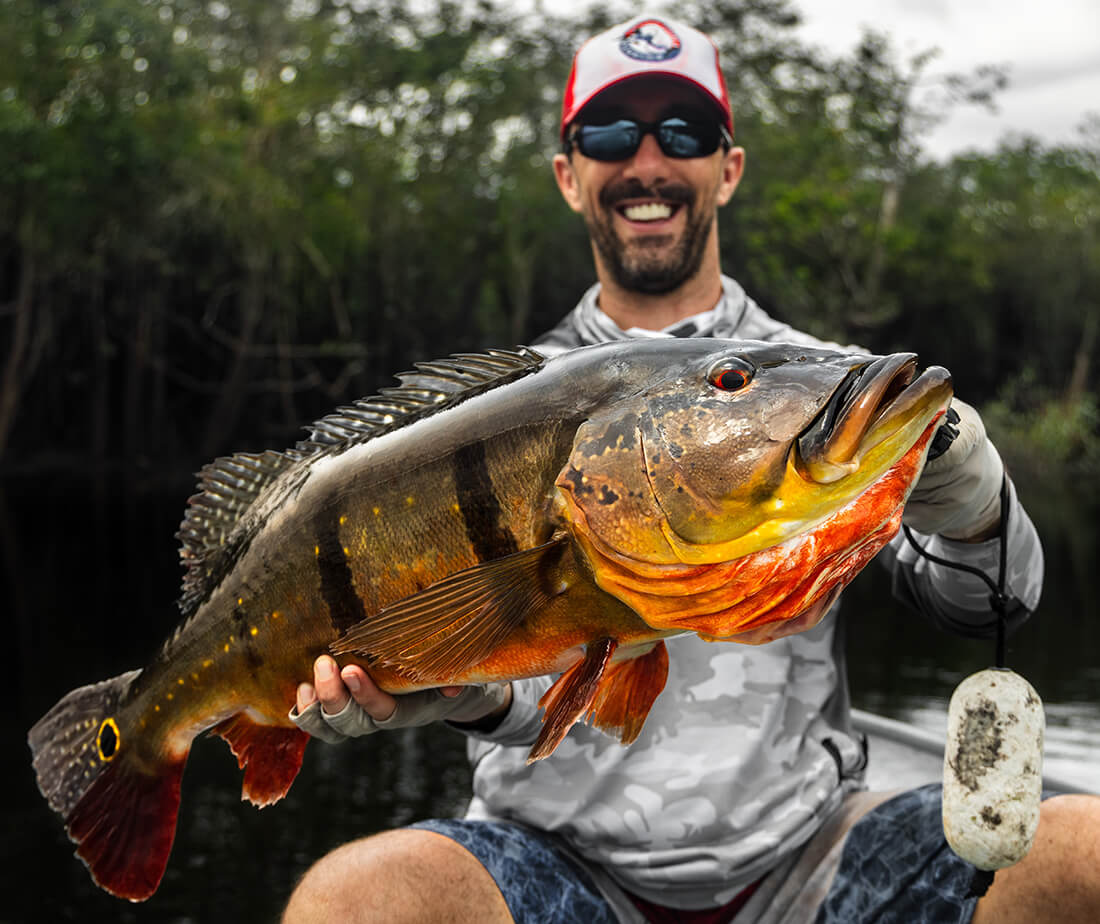Peacock Bass Fish

If you’ve ever picked up a fishing pole in your life chances are you’ve said to yourself “I’d love to catch a marlin one day.” The mighty marlin is the stuff of legends, immortalized in Hemmingway’s ‘Old Man and the Sea’ and is at the top of nearly every angler’s bucket list. Besides being the largest pelagic species in these waters, they are also one of the most acrobatic which makes a marlin encounter truly something to remember. A typical fight with a marlin starts off with an incredible display of athleticism as they jump to throw the hook, then they often sound deep to showcase their strength and will do all they can to either make you give up or take all the line off your reel.
There are four species of marlin found in the waters of Central America – blue, black, striped and white. Blue marlin are the most common while white marlin are the rarest and found only on the Atlantic. The biggest of them all is the black marlin, with the world record being over 1,560 pounds (caught off the coast of Peru in 1953). Most marlin are in the 200-400 lb range while bigger ones grow to 500-600 lbs. Though rare, “granders” have been caught in both Costa Rica and even more-so in Panama along the famous Hannibal Bank.
The largest marlin are always female, which makes releasing them healthy and as quickly as possible even more important. It is believed that a 300 lb female will produce 30 million eggs while a grander can produce up to 100 million, so their survival is vital. Blue and black marlin can live as long as 25-28 years while striped marlin have a life span of about 10 years.
What They Eat?
As one of the apex predators in the ocean, there isn’t much that isn’t on the menu for these beasts. Most commonly marlin will eat squid, herring, flying fish, sardines, dorado, mackerel, and small tuna. Marlin use their incredible speed to whack their pray with their elongated top jaw, or bill, and then feed once the prey is maimed or dead. Marlin have specially developed eyes that allow them to hunt for food in the low light conditions of the deep water they are often found in.
Where To Find Them?
Marlin are found in all the warmer and temperate oceans of the world. Blue marlin can be found in the Pacific, Atlantic and Indian Oceans while black and striped marlin are only found in the Pacific and Indian Oceans. The rare white marlin is the smallest of them all and is found throughout the Atlantic and Caribbean. Marlin are a migratory pelagic species that prefer water temps in the 70s to low 80s, and have been known to travel hundreds of miles in the oceans currents in pursuit of food. Striped marlin seem to tolerate cooler temperatures better than any of the other species.



